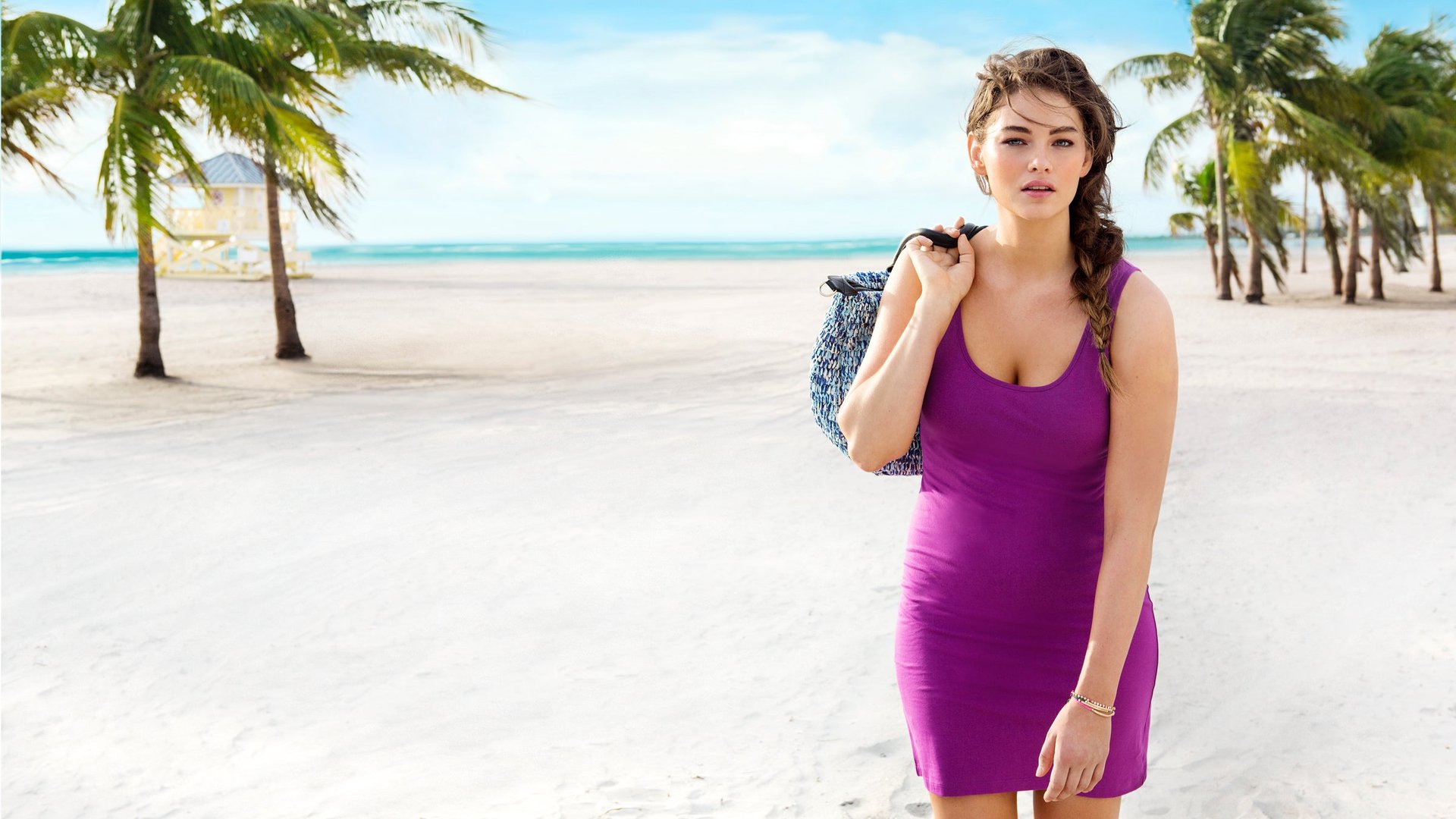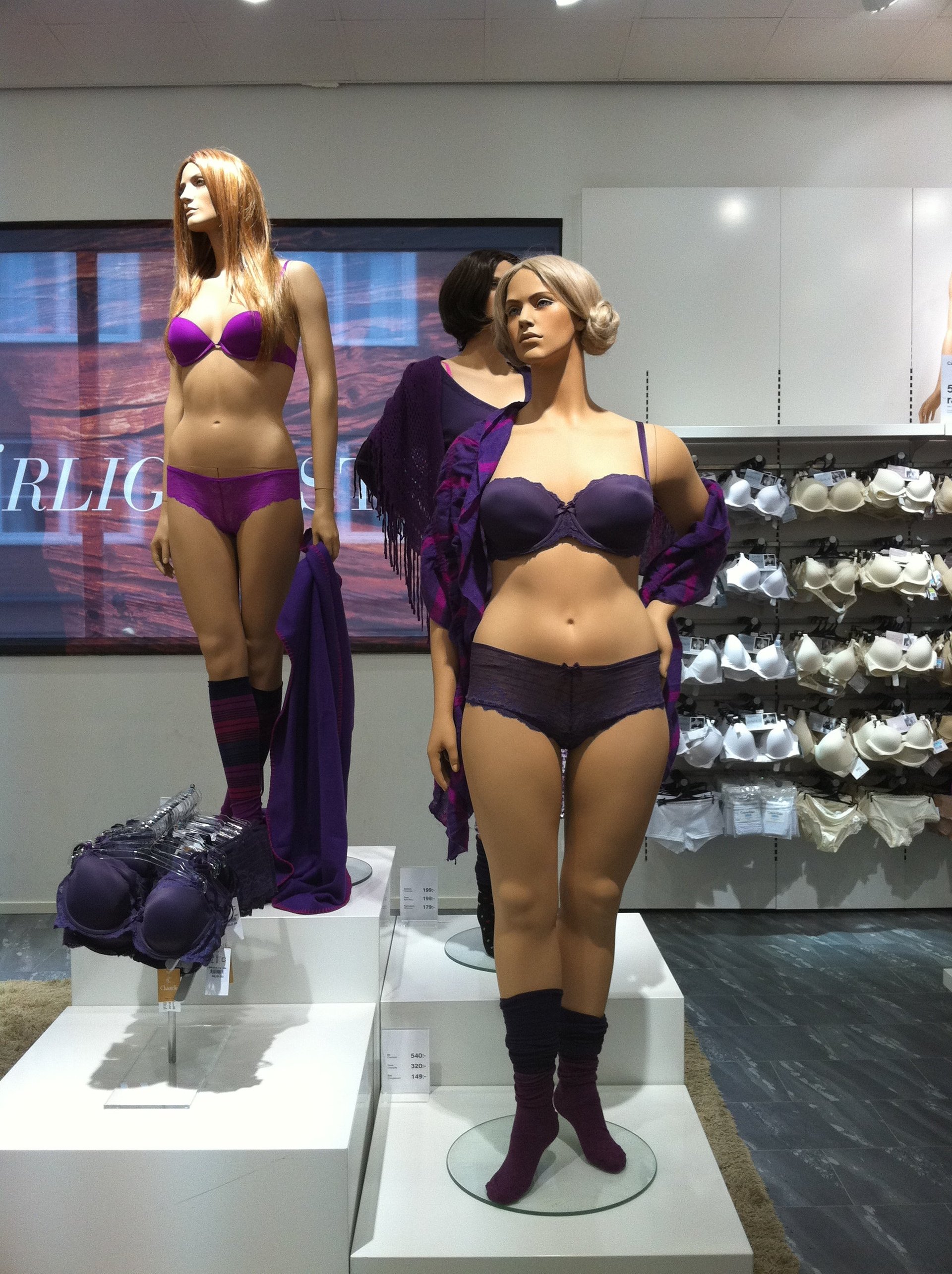One reason H&M’s swimsuit model might have a “little tummy”
This post has been updated to reflect comment from H&M.


This post has been updated to reflect comment from H&M.
In March, images of a set of retail mannequins—purportedly discovered at a flagship location of Swedish fast-fashion giant H&M—cascaded across the social web, receiving millions of likes and shares after being posted on the Facebook page of Women’s Rights News. The reason it went viral: The mannequins looked like healthy, normal women, rather than the exaggeratedly attenuated ones of most display dolls.
But contacted by reporters for comment, H&M denied its involvement, and the internet concluded it was all a hoax—until Quartz unearthed the mannequins’ true origins. Contrary to widespread reports, the photos were almost three years old, and had been uploaded by Swedish blogger Rebecka Silvekroon—shot at the cheap-chic superchain’s local competitor Ahlens—as part of an extended criticism of H&M’s insistent use of impossibly skinny, self-esteem-distorting imagery in its decor and marketing.
In the online debate that followed, H&M found itself on the defensive, as those who had mistakenly celebrated the brand retracted praise, and challenged H&M to follow the lead of its Swedish rival. Meanwhile, Silvekroon stepped up her activism by launching a site, SwedishMannequins.com, that invited women to submit their own pictures of clotheshorses with impossible anatomy. Then, last month, a new scandal erupted, when it was discovered that Swedish modeling agents had been actively soliciting patients outside of one of the largest eating disorder clinics in Stockholm—handing cards and offering photo sessions to girls as young as 14 who were undergoing therapy for anorexia and bulimia.
The furor over women’s body image, both globally and in its own backyard, seems to have led H&M to turn over a new leaf in its swimwear advertising this season.
First, singer Beyoncé, in all her curvy glory, has been selected as the chain’s global summer face, in a TV campaign that a company press release says is designed to “push the idea that women can be ‘strong, vulnerable, sensual, maternal, fun and flirtatious.'” And now, H&M has also placed full-figured Ford model Jennie Runk front-and-center in magazine advertising.
Asked for comment, H&M spokeswoman Jennifer Ward says:
We think that Jennie Runk is showing our H&M summer campaign in a very good way and we are happy with the pictures. Our aim is not to convey a certain message or show an ideal but to find a model who can illustrate this collection in an inspiring and clear way.
Runk praised H&M’s decision in an email to the Wall Street Journal, noting that she hoped to see more companies doing the same in the future. “I’m not just talking about blurring the line between our silly size categories either,” she wrote. “I would love to see more of every kind of woman represented equally in fashion and advertising.“
